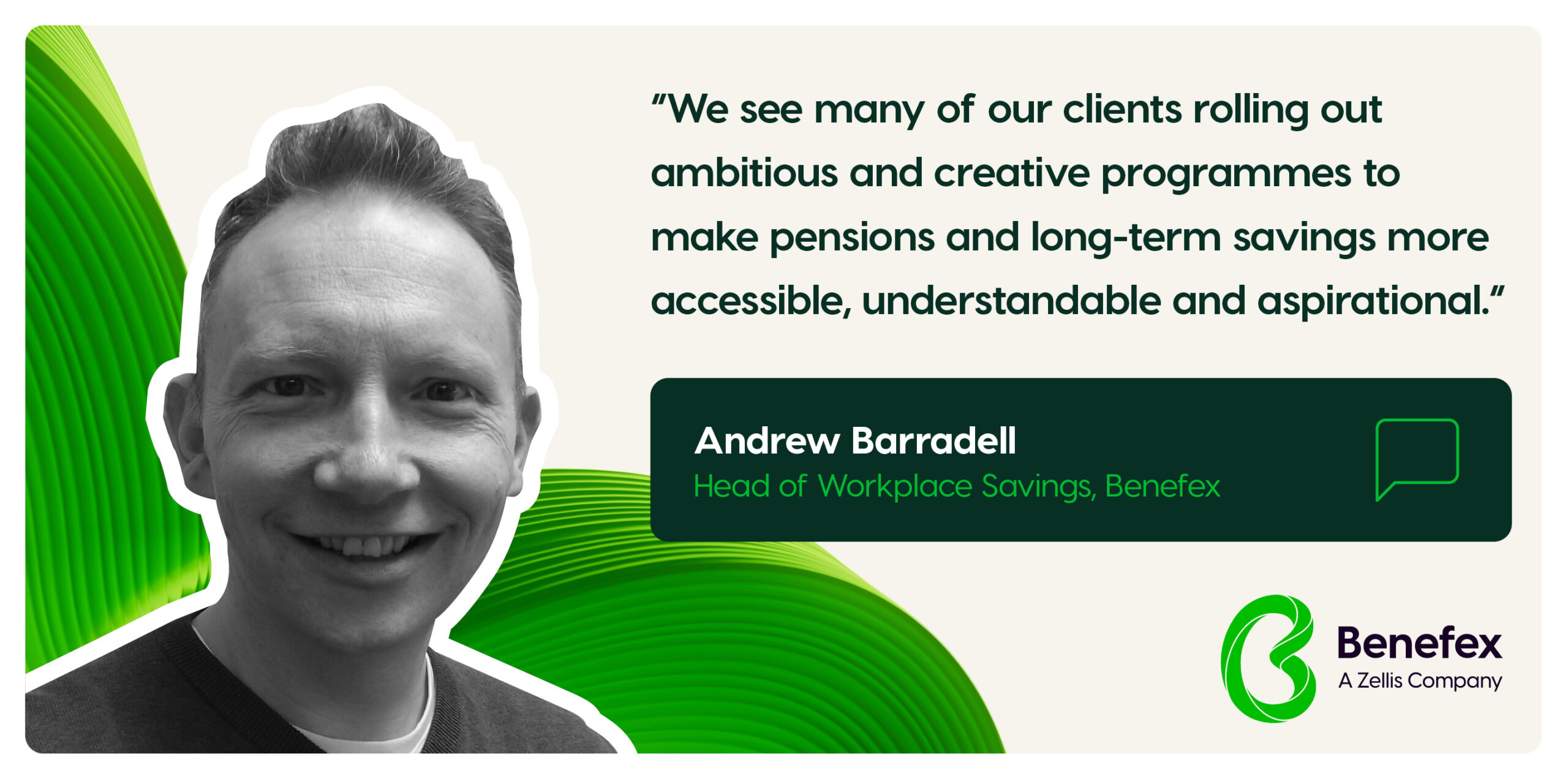
Employee Benefits, Global
10 data points for a return on global benefits tech investment
09-04-2024
When you’re looking to implement a global benefits platform, choosing the right solution and getting buy-in from all the right people across the organisation takes some rolling of the pitch… You need to know who your stakeholders are and what their role in the project is if you want to avoid bumping into hurdles, unexpected processes and delays.
Stakeholders will likely want to understand your objectives, requirements for the solution, and the return on investment. Starting to quantify the return on investment as soon as possible will help you get your key stakeholders on board. The most important data points will be determined by your programme objectives, organisational structure, and priorities; most organisations will focus in on the three or four most relevant data points to their business case.
Here are the 10 data points to include in your business case to show a return on global benefits tech investment (for the proof points that can help you quantify these, check out our guide to global benefits tech):
1. Administration savings
Typically, global benefits technology removes 96% of the HR costs related to employee benefits management. Without benefits technology, HR and reward teams spend hours manually preparing provider reports – which add up to thousands of reports and thousands of hours across a global organisation with multiple benefits. Automation lifts teams out of these manual processes, freeing them up to focus on strategic priorities.
2. Support savings
Global benefits technology typically reduces benefits-related support queries by 82%. Self-service means employees can easily find answers about enrolment, changes or claims in one place. And employee support services can further free up HR teams, by proving employees with the expert help they need. A whopping 93% of all Benefex customers opted for employee support services last year.
3. Risk mitigation
Employers can be liable for £/$/€ millions if employee cover is incorrect. Inaccurate cover is a hidden cost exposure that can be fixed with the digitised processes and automation that global benefits technology brings.
4. Overspend savings
Without a platform in place, you could be overspending on insurance premiums. In addition, manual processes risk errors such as ineligible family members being added to benefits, or fraudulent or duplicate claims being made.
5. Benefits, salary, tax and social security savings
Direct financial savings can be realised in countries that allow for salary sacrifice, tax, and social security savings. For example, in the UK this can be achieved through employer NI contributions.
6. Reduced turnover
If they don’t have a platform where they can access all of their benefits, employees tend to have a lack of awareness or understanding of the benefits on offer. Implementing benefits tech means employees can more easily understand the full value of everything you do to support them – and this drives engagement and can even help improve retention.
7. Consultancy and technology savings
Disconnected systems and the need for specialist resource when adding benefits or making changes to some tech systems can be costly; sometimes even adding a single new benefit can cost organisations thousands. Consolidating systems can lead to significant cost savings.
8. Employee time savings
Employees lose 1.75 hours a year through manual benefits processes in searching, chasing, enrolling, changing, and claiming for benefits. This certainly adds up for large employers, and the difficulty in finding what they’re looking for can damage their perception of what their employer offers – especially at a time when that employee might urgently require support.
9. Better engagement with benefits
By making it easier for employees to access, understand and select benefits all in one place, global benefits tech significantly improves benefits engagement, take-up, and subsequently ROI.
10. Making savings on global broking
Reviewing global benefit providers as part of a global tech rollout is another way to optimise benefits spend. As part of the review process, identify which benefits are undervalued by employees, negotiate lower premiums where possible, and make the most of value-added services from insurers – such as virtual GPs.
Harnessing the power of global benefits technology
Implementing global benefits tech offers a multitude of advantages, from streamlining administrative tasks to optimising benefits spend, and driving benefits engagement.
Whether you’re at the start of your global benefits journey, or you’re looking to launch your benefits platform in new regions – Your guide to global benefits tech will see you to success. Download the report to learn more.

James Hardwick
Global Delivery Director, Benefex


